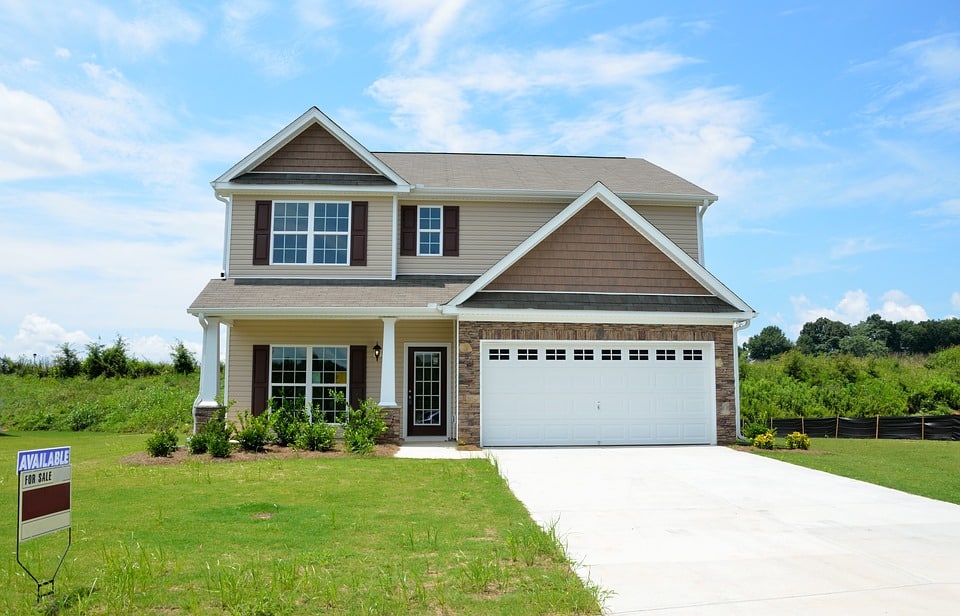You’ve done the obvious things to protect your home from flooding – you keep your gutters clean, you’ve sloped the exterior ground away from the foundation so that rainwater will naturally flow away or around your home, you’ve sealed your doors and windows, and you stay up-to-date with plumbing maintenance and repair. These are among techniques referred to as “dry-proofing” your home. The basic “dry” flood-proofing strategy? Keep the flood from happening in the first place.
Did you know, however, that not all houses are suitable for dry flood-proofing? Some homes need flood protection known as “wet-proofing.”
How do you know if your home needs wet or dry flood-proofing?
All homes need dry flood-proofing, which includes the basics of good home maintenance and construction. So, yes, your home needs dry flood-proofing. But if your home has a high flood level measurement, a basement or cellar, or walls made of wood or wooden siding, then you also need wet flood-proofing.
According to industry analysts, only homes with extremely low (or non-existent) flood level measurements that are built on concrete slabs should rely on dry flood-proofing. Any homes with basements or cellars, and especially homes with moderate to high flood measurement levels, need wet-proofing to supplement the more common dry-proofing.
In addition, homes that are made of wood or that have wooden siding need wet-proofing. Brick homes, being stronger and more capable of withstanding lateral (sideways) pressure, may respond more favorably to dry-proofing than a home with wood siding. However, even the strongest home is no match for the lateral pressure resulting from a flood of more than three feet.
You can find out the amount of flood risk at your home by asking about your home’s particular flood level measurement. Your flood level is an official measure of how high floodwaters could rise at your home. This information may be accessed by the public at the Federal Emergency Management Agency’s website (FEMA). In addition, Floodsmart.gov, the website of the National Flood Insurance Program (NFIP), is a valuable public resource. Flood insurance rates are determined based on the information published by these two sources, so your home insurance agent and local building department should also be able to provide your home’s flood level.
The FEMA maps show a community’s flood zones, floodplain boundaries, and varying flood risk elevations. If your home is within a so-called 100-year floodplain, you will be required by law to buy flood insurance if your mortgage is federally backed. In the 100-year floodplain, federal experts have estimated that your home will flood once every 100 years, or, in other words, your home has a 1% chance of flooding in any given year.
Homes in the 100-year floodplain carry an especially high risk, but even if your home is outside this zone, flooding may be a problem. According to FEMA, 20 to 25% of flood insurance claims are made by people who live outside of areas at high risk for flooding.
Once you know your flood level measurement, you can use that measurement to assess whether your home also needs wet-proofing and to what extent.
What is “wet” flood-proofing or “wet-proofing”?
In simplest terms, wet flood-proofing, or wet-proofing, is preparing your home to be wet. Wet-proofing allows some surface water to enter (and exit) the house. This strategy may seem counterintuitive, but FEMA experts agree that it can decrease the overall damage to a home by balancing the interior and exterior water pressure on the home’s walls and foundation. A wet-proofed home won’t experience the same level of damage to walls or foundation in the event of an exterior flood.
Wet flood-proofing involves some or all of the following strategies:
- Elevate your water heater, central air-conditioning units, dishwasher, furnace and other HVAC equipment above the flood measurement level for your home.
- Elevate electrical outlets such as switches and circuit breakers at least a foot above the flood measurement level.
- Elevate your outdoor equipment such as fuel tanks, air-conditioning units, and generators above the flood level. In addition, these types of equipment should be anchored so that they cannot break free in the event of a disaster.
- Consider consulting a licensed and insured Utah flood restoration company before making any modifications to your home. Your local building department can help you acquire any required permits.
- Use wooden pallets to elevate storage off a floor and above the flood level measurement. (5 great places to find free or low-cost pallets)
- Use plastic bins to store your goods in your garage, basement or cellar.
- Consider concrete walls and bare flooring, especially in basements and cellars.
- If floodwaters have already entered your home and are flowing laterally, even very slowly, consider opening windows or doors that will allow the water to flow freely rather than trying to block it.
Both dry-proofing and wet-proofing your home involve common sense and preparation and will save you money and stress in the event of the all-too-common Utah flooding event.

